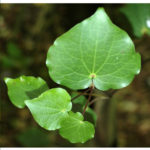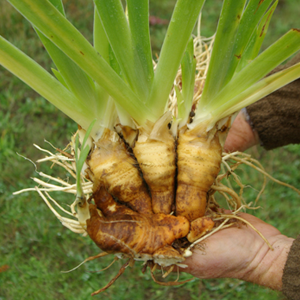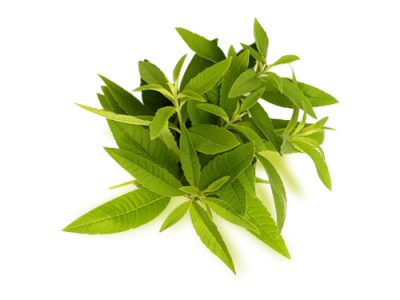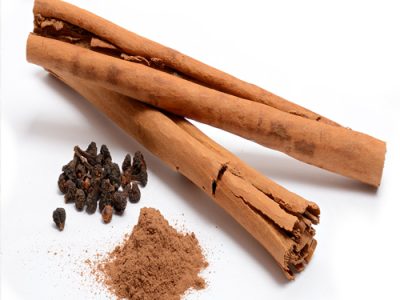
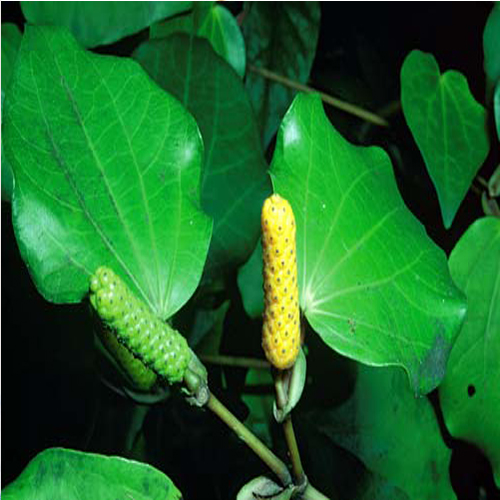
Kawakawa And Its Health Benefits
Kawakawa a Classic Medicinal Plant
Marine plants take care of the species that are living under the sea. Millions of fishes eat algae and other seaweeds for survival.There are certain plant species that lives in extreme depth of the sea which is classified as deep sea plants.
There are certain plant species that lives in extreme depth of the sea which is classified as deep sea plants.Some of the small plants that live in extreme depths are seaweed, sea grasses, kelp and poseidonia. Seaweed can live in very deep waters up to 700 ft.
This topic will deal with a small tree named Kawakawa. The botanical name of this plant is Macropiper excelsum. This small tree grows throughout New Zealand and usually found on the edge of the bush and partial shade.
[tribulant_slideshow gallery_id="310"]
How It Grows
This small tree grows throughout New Zealand and usually found on the edge of the bush and partial shade. This aromatic small tree reaches a height of 6 m and has heart-shaped fleshy leaves. The leaves are eaten as vegetable. This tree is considered as sacred by certain communities in New Zealand. It is also called as ‘the pharmacy of the forest’.
Various Uses Of Kawakawa
- It acts as a mild insect repellent, insect bites, sand-flies, mosquitoes, bug bites, eczema, skin rashes, skin infections, eruptions, poor circulation, varicose veins, bruises, swellings, boils, ringworm, scalds, sun burn, cuts, sores, abscesses, wounds, abrasions, aches, pains, rheumatism, neuralgia, arthritis.
- It is also used as a tonic to stay healthy a blood purifier, memory chest complaints, coughs, colds, bronchitis, kidney and bladder complaints, digestive system, worm infestation stomach ache, bloating and toothache.
- This tree is considered as an important and prominent herb.

